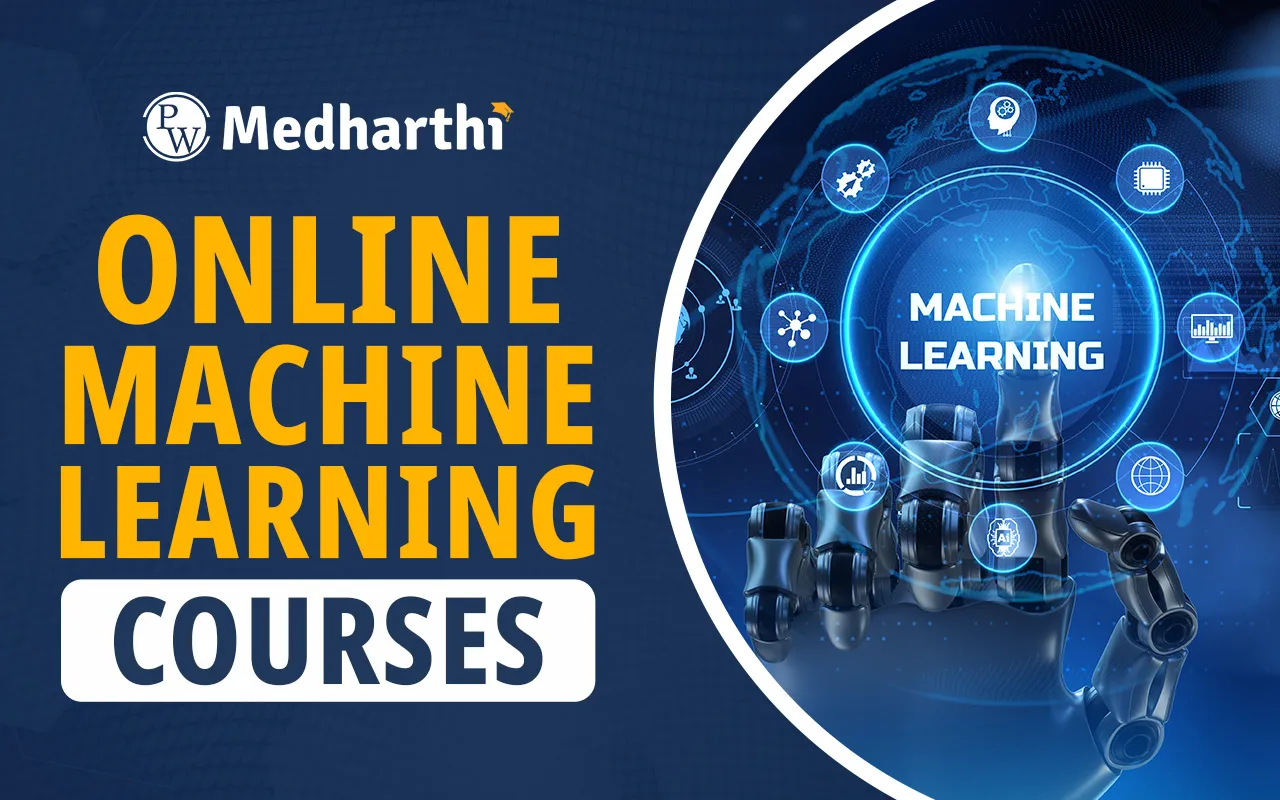
Information systems (IS) play a pivotal role in modern organizations by facilitating the collection, processing, storage, and dissemination of information. As enterprises strive to enhance productivity, decision-making, and competitiveness, understanding the various types of information systems becomes critical. Each system is tailored to specific organizational levels and functions, enabling seamless operations and strategic planning. Offered here is a comprehensive overview of the major types of information systems, highlighting their features, purposes, and applications across different layers of an enterprise.
Types Of Information Systems
Below are some of the types of information systems in complete detail, ranging from transaction processing systems to Artificial intelligence systems. Refer to the details below to gain in-depth knowledge.
1. Transaction Processing Systems (TPS)
Transaction Processing Systems are foundational to organizational operations. They handle the routine, day-to-day business transactions that support the operational level of management. TPS is designed to efficiently process large volumes of repetitive transactions such as order entries, payroll processing, billing, and inventory control.
These systems ensure accuracy, consistency, and timeliness in handling data. For instance, in a retail environment, a TPS records each sale, updates inventory levels, and triggers reordering processes. TPS also provides data that feeds into higher-level systems like Management Information Systems (MIS).
2. Management Information Systems (MIS)
Management Information Systems serve the tactical level of an organization, helping middle management monitor and control business activities. These systems gather data from various operational-level systems (like TPS), process it, and present it in structured formats such as reports, charts, and dashboards.
MIS is typically used to track performance metrics, identify trends, and facilitate short to medium-term decision-making. For example, a sales MIS might provide regional managers with monthly sales performance reports, enabling them to assess the effectiveness of promotional campaigns or sales strategies.
3. Decision Support Systems (DSS)
Decision Support Systems are interactive and flexible tools that support complex decision-making and problem-solving. Unlike MIS, which focuses on routine decisions, DSS is designed for non-routine or semi-structured decisions where outcomes are not always predictable.
DSS uses analytical models, statistical tools, and simulations to help users evaluate different courses of action. A financial analyst might use a DSS to assess the impact of changing interest rates on investment portfolios or to model potential outcomes of mergers and acquisitions. The key advantage of DSS lies in its ability to process data interactively and generate hypothetical scenarios that aid in strategic evaluations.
4. Executive Information Systems (EIS)
Executive Information Systems are tailored for senior executives and strategic-level management. These systems provide quick and easy access to critical internal and external information necessary for high-level decision-making.
EIS consolidates data from various sources, including MIS, DSS, and external databases, to present a holistic view of organizational performance. Dashboards in EIS offer key performance indicators (KPIs), market trends, and competitor analysis in real time.Executives use EIS to monitor corporate health, identify emerging opportunities or threats, and make long-term strategic decisions. The system often features graphical user interfaces and drill-down capabilities for deeper analysis.
5. Enterprise Resource Planning (ERP) Systems
ERP systems integrate core business processes into a unified system. They encompass modules for finance, human resources, supply chain, procurement, manufacturing, and customer relationship management.
An ERP system enhances coordination across departments by ensuring that all units operate using a common data set and standardized procedures. For example, when a sales order is placed, the system automatically updates inventory, schedules production, and generates a corresponding invoice. ERP implementation requires significant planning and organizational change but offers improved efficiency, data accuracy, and cross-functional collaboration.
6. Customer Relationship Management (CRM) Systems
Customer Relationship Management systems focus on managing interactions with current and potential customers. CRM systems store comprehensive customer data, including contact details, preferences, purchase history, and feedback.
These systems enable organizations to personalize customer experiences, enhance sales strategies, and foster customer loyalty. CRM tools often include automation features for marketing campaigns, customer support services, and lead management. For instance, a telecom company might use CRM to analyze customer data and tailor service offerings based on usage patterns, thereby improving customer satisfaction and retention.
7. Supply Chain Management (SCM) Systems
Supply Chain Management systems manage the flow of goods, information, and finances across the entire supply chain, from raw material procurement to product delivery.
SCM systems facilitate demand forecasting, inventory control, logistics, and supplier relationship management. By improving visibility and coordination among supply chain partners, organizations can minimize costs and enhance responsiveness. An automotive manufacturer, for example, can use SCM to monitor parts inventory in real time, predict future demand, and align production schedules with supplier deliveries.
8. Knowledge Management Systems (KMS)
Knowledge Management Systems are designed to capture, organize, and disseminate organizational knowledge. They support both explicit knowledge (documented processes, reports, manuals) and tacit knowledge (experiential insights, best practices).
KMS often includes tools like document repositories, discussion forums, expert directories, and collaboration platforms. These systems enhance innovation, reduce duplication of effort, and improve organizational learning. In consulting firms, KMS enables consultants to access case studies, methodologies, and domain-specific expertise, thereby improving project delivery and client satisfaction.
9. Office Automation Systems (OAS)
Office Automation Systems support a wide range of administrative and clerical tasks within an organization. These systems include word processing, email, scheduling, document management, and communication tools.
OAS enhances the productivity of employees by streamlining routine tasks and facilitating information sharing. A common example is the use of collaborative tools like Google Workspace or Microsoft Office 365, which allow teams to co-author documents, share calendars, and communicate efficiently.
10. Artificial Intelligence Systems and Expert Systems
Artificial Intelligence (AI) systems and Expert Systems simulate human reasoning and decision-making. Expert systems are a type of AI designed to replicate the decision-making ability of human experts in specific domains.
These systems use a knowledge base and inference engine to provide recommendations or diagnoses. In healthcare, for instance, expert systems assist in diagnosing diseases based on symptoms and medical history. AI systems, including machine learning and natural language processing, are being increasingly integrated into information systems to automate tasks, detect anomalies, and provide intelligent insights.
| Online Degree Important Links | |
| Online MCA Programs in India | Online BCom Course |
| Online MCA Course | Online Degree Programs |
| Regular Degree Vs Distance Degree | BA Online Registration |
Types of Information System FAQs
What is an information system?
What are the main types of information systems?
What is the purpose of a Transaction Processing System (TPS)?
How does a Management Information System (MIS) help managers?
What is the difference between MIS and DSS?










